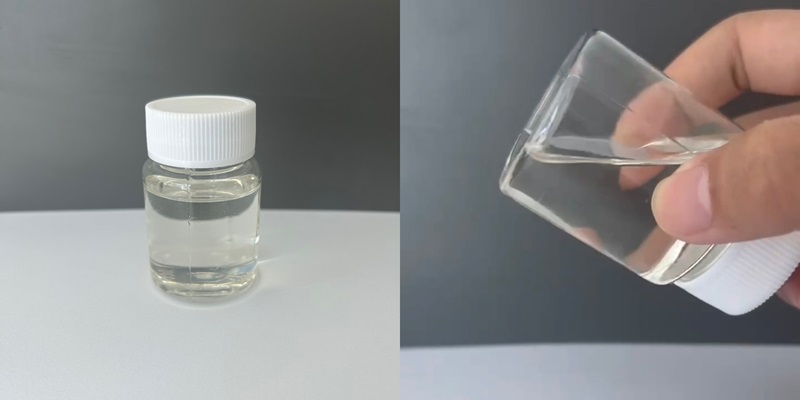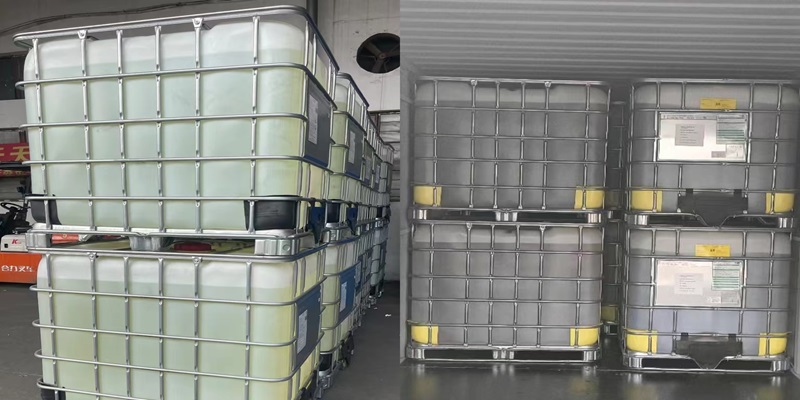Polyurethane foams are versatile and have become an essential material for numerous industries. The most common types of polyurethane foams include closed-cell foams and open-cell foams, both of which have unique properties suitable for different uses. The production of these foams relies heavily on polyurethane catalysts, which play an important role in controlling the chemical reactions that give these foams their unique properties.
In this article, we will explore the differences between closed-cell and open-cell foams, their applications, and how polyurethane catalysts facilitate their production.
Closed-Cell Foam vs. Open-Cell Foam: A Detailed Comparison
Closed-Cell Foam
Closed-cell foam is a rigid, dense foam that offers higher insulation values and greater structural integrity than open-cell foam. Its pores are closed, preventing air or moisture from passing through, resulting in higher water resistance, making it ideal for applications that require moisture protection.
Density: Closed-cell foam has a density range of 2 to 3 pounds per cubic foot, which gives it rigidity and structural strength.
Thermal Insulation: Due to its tight cell structure, it has excellent thermal insulation properties, with an R-value (thermal resistance) of typically 6 to 7 per inch. This makes it ideal for insulating walls, roofs, and cold storage applications.
Moisture Resistance: Closed-cell foam is impermeable to water, making it ideal for exposure to moisture, such as marine applications or basements.
Uses: Commonly used in spray foam insulation, refrigeration panels, pipe insulation, and roofing systems.
Open-Cell Foam
Open-cell foam, on the other hand, has a more flexible, lightweight structure where the cells are open, allowing air to fill the spaces between the cells. This foam is softer and less dense than closed-cell foam.
Density: Open-cell foam typically has a density of 0.5 lbs/ft3, making it lighter and more flexible.
Thermal Insulation: It has a lower R-value, typically around 3.5 to 4 per inch, but still provides effective thermal insulation. It is more often used in interior applications where moisture resistance is not a critical factor.
Soundproofing: Due to its open structure, open-cell foam has excellent sound absorption properties, making it suitable for soundproofing interior walls and ceilings.
Moisture Absorption: Unlike closed-cell foam, open-cell foam can absorb moisture, which makes it less suitable for areas with high humidity.
Uses: It is commonly used in soundproofing applications, residential insulation, and interior decorative cushioning.
The Role of Polyurethane Catalysts in Foam Production
Polyurethane catalysts are a key ingredient in making closed-cell and open-cell foams. These catalysts are responsible for controlling the chemical reactions between polyols and isocyanates during the foam formation process. Without a catalyst, these reactions are slow and inefficient, resulting in poor quality foam. The choice of catalyst directly affects foam properties such as density, cell structure, rise time, and cure speed.
Here is how polyurethane catalysts work and how they affect foam production:
1. Balancing the Reaction Between Polyols and Isocyanates
In polyurethane foam production, catalysts help regulate two main reactions: the gelling reaction and the blowing reaction. The gelling reaction refers to the formation of the polymer structure, while the blowing reaction generates the gas that expands the foam.
Polyurethane catalysts can be classified into amine catalysts and metal catalysts, both of which play distinct roles:
Amine Catalysts: These catalysts, such as MXC-37 (DMAEE) and MXC-A1 (BDMAEE), promote the blowing reaction, helping control the foam’s cell structure. This is particularly important in the production of open-cell foam, where the catalyst needs to create an airy, flexible structure.
Metal Catalysts: Dibutyltin dilaurate (MXC-T12), for example, primarily promotes the gelling reaction, leading to the formation of a strong, rigid structure. In closed-cell foam production, these catalysts are crucial to achieving the foam’s structural integrity.
2. Optimizing Foam Density and Strength
The catalyst system plays a key role in defining the density and strength of the foam. For closed-cell foam, the right catalyst ensures that the foam has the necessary strength and rigidity to withstand mechanical stress, while for open-cell foam, the catalyst helps maintain a softer, more flexible structure. Catalysts such as MXC-15 (potassium octanoate) are particularly effective in optimizing the foam density and ensuring uniform cell distribution, which is critical for high-performance insulation materials.
3. Controlling the Rise Time and Curing Speed
In spray polyurethane foam (SPF) applications, controlling the rise time and curing speed is critical to ensure a smooth application and a durable final product. Catalysts such as MXC-T (a tin catalyst similar to Dabco T) or MXC-R70 (2-(2-dimethylaminoethoxy)ethanol) are designed to provide fast curing times and balanced reactions, allowing for efficient on-site foam application. Faster curing means shorter tack-free times and the ability to apply multiple layers quickly, which is essential in large-scale SPF applications.
4. Reducing Emissions and Odor
In modern foam production, environmental considerations are critical, and reducing emissions and odors from catalysts has become a priority. Low-odor, low-emission catalysts such as MXC-R40 and MXC-TMA are designed to meet stringent environmental regulations while maintaining high catalytic efficiency. These catalysts are particularly important in interior insulation applications, where the presence of strong odors or emissions can be problematic.
Choosing the Right Polyurethane Catalyst for Your Foam Applications
Selecting the right polyurethane catalyst is critical to achieving the desired properties of the foam. Factors to consider include:
Foam type: Closed-cell or open-cell foam.
Application: Insulation, soundproofing, roofing, or cushioning.
Environmental considerations: Low VOC emissions, low odor, and compliance with environmental regulations.
Curing requirements: Fast or slow curing times based on the production process.
At Mingxu Chemicals, we specialize in providing high-performance polyurethane catalysts tailored to your specific foam applications. Whether you’re producing spray foam insulation for buildings or soundproofing materials for interiors, our extensive portfolio of catalysts—such as MXC-T, MXC-37, and MXC-R40—ensures that you achieve the highest quality foam with optimized performance.
Conclusion
Understanding the differences between closed-cell and open-cell foams and the role of polyurethane catalysts in their production is essential for manufacturers looking to optimize their foam products. Polyurethane catalysts not only influence the chemical reactions that form the foam but also determine critical properties such as strength, density, and curing speed. By selecting the right catalysts, manufacturers can produce high-performance foams that meet the needs of various applications, from insulation to soundproofing.
If you’re looking for cutting-edge solutions in polyurethane foam production, Mingxu Chemicals is here to help. Contact us today to learn more about our range of high-performance polyurethane catalysts designed to improve your foam production process.
Post time: Mar-25-2025



